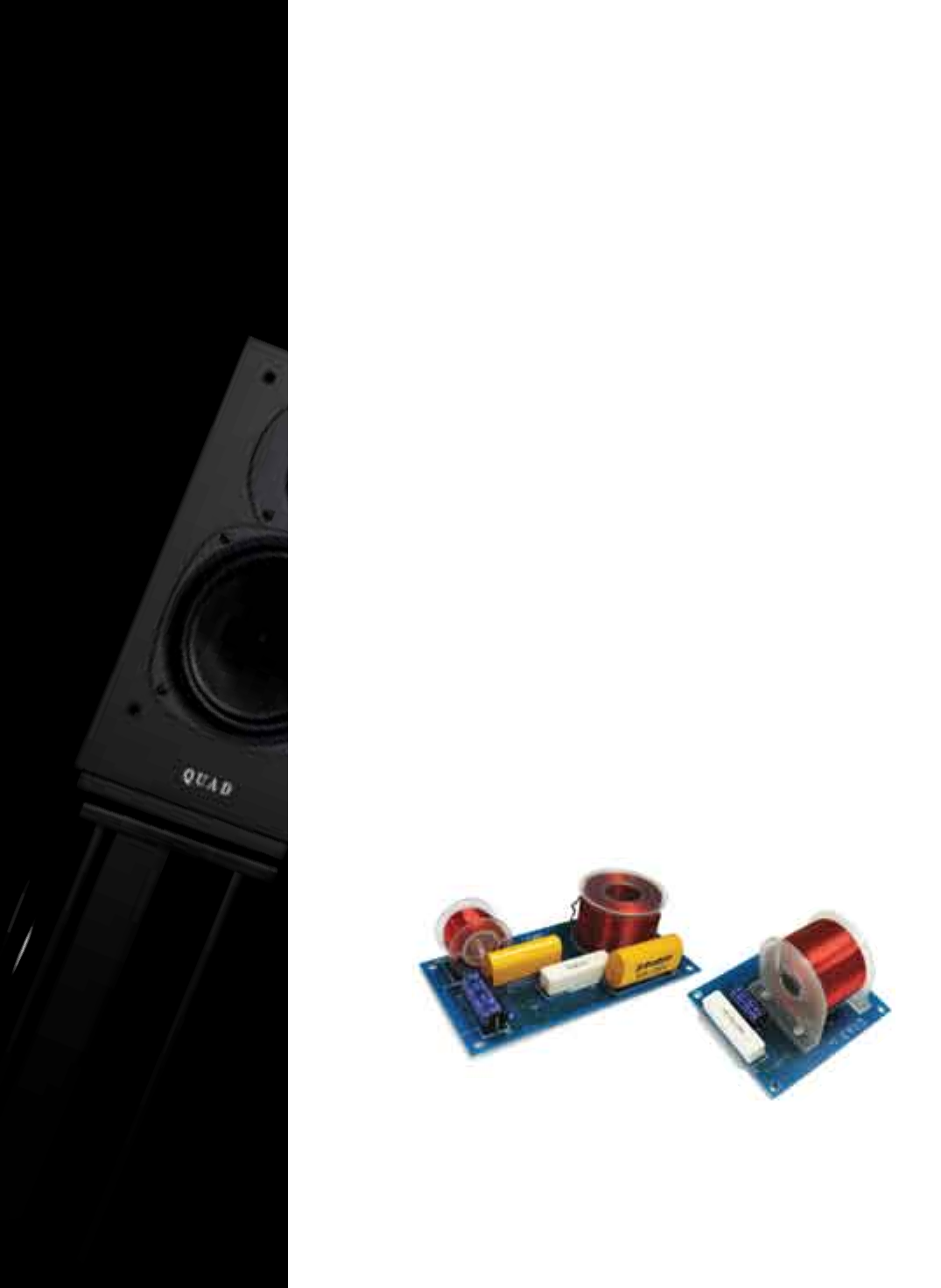
Technology
L2 Series
Designing loudspeakers is still very
much an art form, yet modern materials
and components allow us to push
the performance envelope further than
ever before.
Neodymium magnets are used in
the L2 tweeters. These are a form
of ‘rare-earth’ super-magnet. Because
they are so strong and small, when
properly employed, they create a very
concentrated magnetic field – ideal
for the small excursions required for a
good high-frequency response.
Whilst most moving-coil tweeters
use copper voice-coils, we have
developed for the L2 series a new
wound aluminium alloy voice coil
– capable of higher power handling
that the copper equivalent, with
better thermal stability and a wider
bandwidth. This is largely responsible
for the improvements to detail and
resolution over the original L-series.
A good bass driver chassis design is
essential for smooth mid-range. A poor
chassis creates reflections from the
cone movement that are passed back
through the cone and cause a temporal
smearing effect, akin to ‘ghosting’ of a
television signal.
At Quad, we are fortunate as we
have the capability of designing and
manufacturing any chassis structure.
With our own tool shop, die-casting
machines, and drive unit assembly
plant, we can control the complete
process from design to manufacture.
The L2 series uses a new low-profile
version of the 4-arc driver chassis used
in the original L-series. While the same
curved, self-bracing design is used, all
the legs are now profiled and narrowed
to minimise cone reflections.
The audiophile grade crossover is
carefully orientated to minimise
magnetic induction and, on bookshelf
models, we have added our unique
twin port arrangement (designed to
reduce distortion by up to 50%).
Technical Improvements
Metallised Polypropylene low-loss
capacitors are used in an audiophile
grade crossover. All components are
mounted on glass-fibre PCBs with non-
interlacing tracks. Perfect layer, air-
cored inductors are used, mounted
cross-axially to preventmagnetic
intermodulation.
Internal bracing is applied to even
the bookshelf models now, designed
specifically to randomise the internal
reflections and cause rapid dissipation
of internal standing waves for a clean,
fast bass response.


















